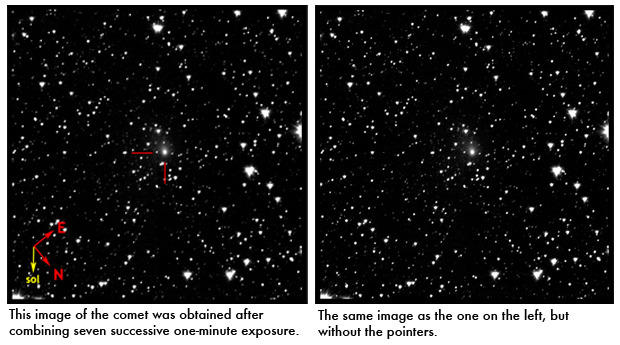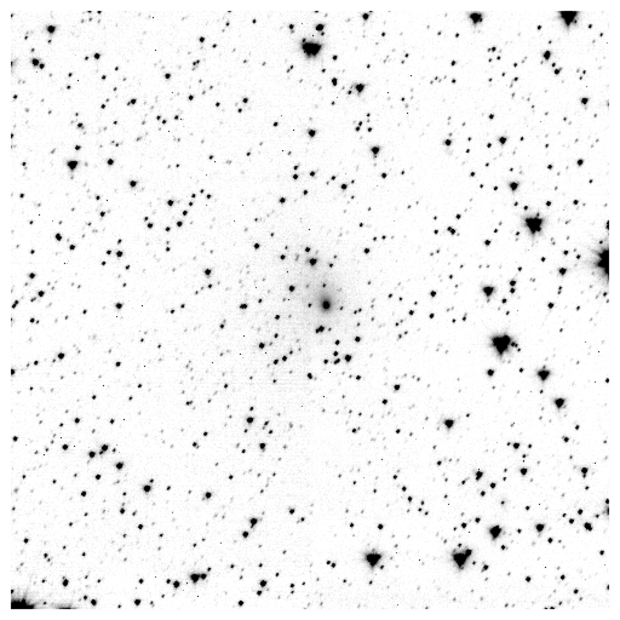Sneak Peeks of a Coming Date with a Comet
Think of it as coming attractions for the big show. In less than two months, NASA's Deep Impact spacecraft is going to park itself about 700 kilometers away from Comet Hartley 2. At that point, the spacecraft's going to morph into the mother of all camera bugs, beaming back to earth some 64,000 images.
In the meantime, NASA has released what it says are the first three images of the comet. At the time the photographs were taken, the comet was 119 million miles from the sun and 37 million miles away from the spacecraft.
"Like any tourist who can't wait to get to a destination, we have already begun taking pictures of our comet -- Hartley 2," said Tim Larson, who manages the mission for NASA.
This will mark only the fifth time in history that scientists will get to see the nucleus of a comet. The flyby rendezvous is scheduled to take place Nov. 4.
Unfortunately, Deep Impact will not have a probe craft at its disposal. On July 4, 2005, the probe, which was about the size of a wine cask with rocket engines, was run over by a comet.
"Previous missions to comets, including Deep Impact, have shown us comets that seem to be very different," said University of Maryland astronomer Michael A'Hearn, principal investigator for the EPOXI mission, as it is called, and its predecessor mission, Deep Impact. "However, we hope data from the Deep Impact spacecraft's flyby of Hartley 2, which has a much smaller nucleus than the previously visited comets, will help us to understand why they appear so different."
The Hartley 2 comet was the mission's second choice. Originally, the craft was headed toward the comet Boethin, which was never located. Scientists believe the comet may already have shattered into into pieces. Among other things, scientists involved in the EPOXI mission are eager to learn whether Hartley 2 bears similarities to other comets of the same class that have been observed. If it displays different attributes, that would open a new chapter in their quest to explain cometary diversity.

